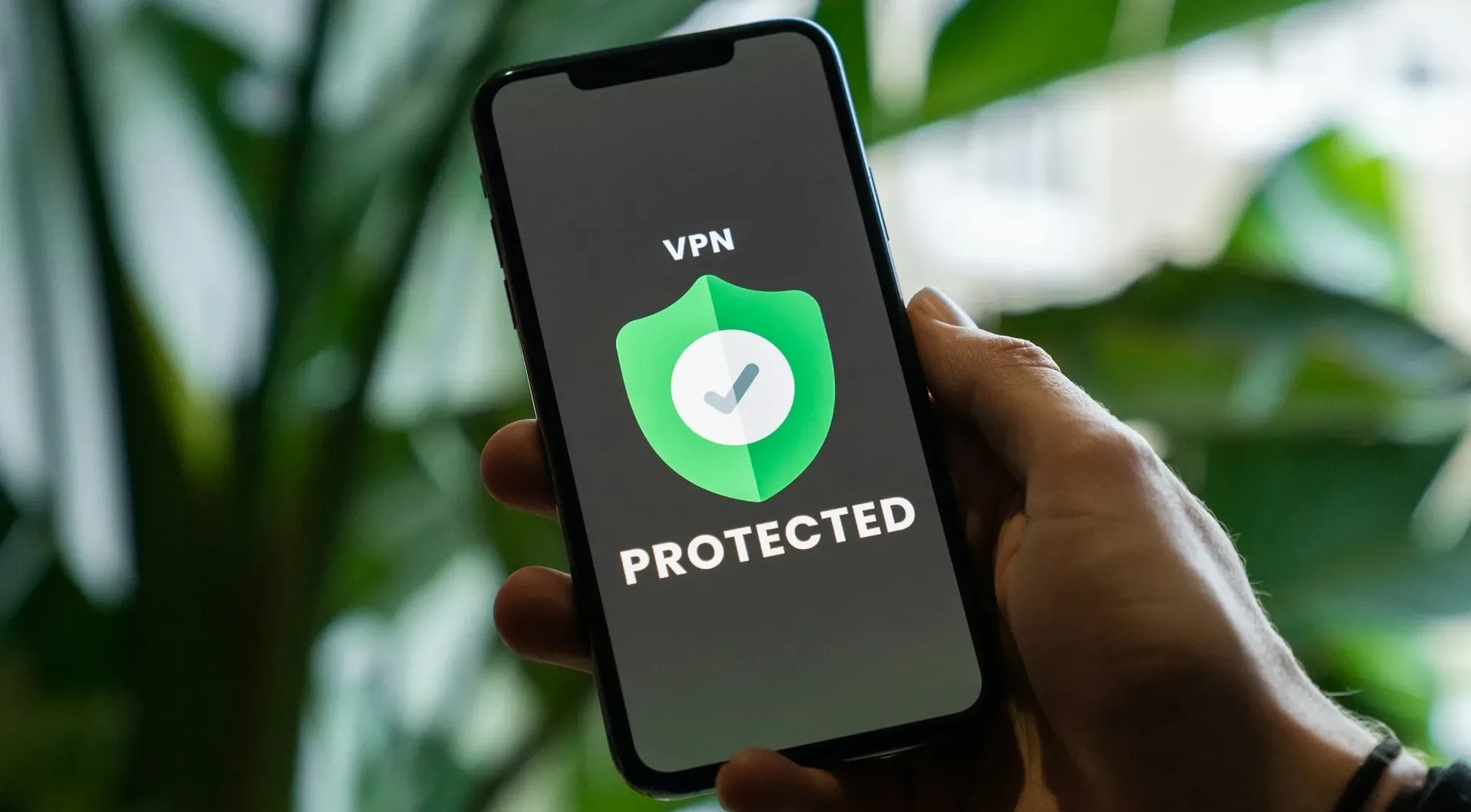In emergency situations, dependable and clear communication can be the difference between safety and not knowing. When natural disasters, power outages, or unanticipated crises occur, they often disrupt cellular networks and leave many communities without a reliable means of contact.
A good hand held radio provides a direct link that works even when the mobile infrastructure doesn’t, and that makes it a wise component of any emergency comms plan.
Choosing the correct walkie-talkie for emergencies requires careful consideration of such things as the radio’s features and the type of communication range one might need. All radios are not created equal, and the wrong choice could leave users in a lurch when dependable comms are absolutely essential. So what makes a good emergency radio, and how can one be sure to choose the right type?
Prioritize Reliability and Signal Range
An emergency walkie must have one vital quality: it must transmit and receive clearly over long distances. The range that one requires will vary according to the environment – urban areas may need stronger penetration through buildings, while rural or open areas benefit from extended line-of-sight coverage. Choose a model with reliable range performance in the area where it will be used.
Battery Life and Power Options Matter
Access to charging facilities during emergencies may be far less than optimal or nonexistent. That makes it all the more important that your devices have long battery lives. Even better are those devices that give you multiple power options – rechargeable batteries, alkaline batteries when necessary, and even solar charging.
Some models have battery-saving modes that let them run for even longer in situations where resources are limited.
Durability for Harsh Conditions
Walkie-talkies need to be tough to withstand the unpredictable environments that emergencies often occur in. They must handle rough treatment, such as fumbles during radio checks, and not just extreme weather like blistering heat or freezing conditions, but almost certainly exposure to water as well.
For that reason, look for models that have impact-resistant housings, are dust protected, and are water-resistant.
Simple Operation Under Stress
In situations that are high-pressure, ease of use is critical. The controls should be instinctive to use, featuring large buttons and unambiguous displays that can be operated in low-light conditions or while wearing gloves.
As for the communication itself, features such as channel scanning, preset channels, and clear audio output all facilitate the sort of quick and efficient communication that one might need when under pressure.
Additional Features for Emergency Scenarios
Certain walkie-talkies come with built-in emergency features that can help with situational awareness by providing:
- NOAA weather alerts
- Flashlight functions
- Dedicated emergency call buttons or similar capabilities
These features aren’t necessary for the basic operation of a two-way radio, but they are valuable enhancements that can make the devices more useful in emergencies.
A Good Walkie-Talkie Is a Critical Tool for Peace of Mind
A two-way radio serves as a reliable lifeline during emergencies, supplying clear, direct communication when other methods are not available. Prioritizing range, battery performance, and sturdiness as well as clear, direct communication when other methods are not available makes an individual or family much more safe and coordinated.
They are not only a piece of equipment but also a lifeline part of any comprehensive emergency plan.
Read More: Pokemon go hub






